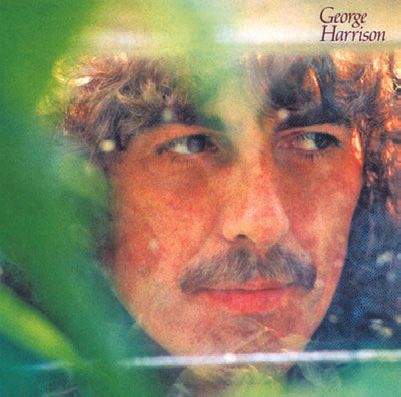

When George compliments John on a suggestion of his for “For Your Blue,” he quips “I’m full of ideas like that, I’m famous for them-literally a Beatle, you know.” George returns in a few days, and in the interim, we are treated to a conversation between Paul and John, captured by a hidden microphone in a flower pot, where the two of them admit that their egos have blinded them to George’s feelings and caused them to minimize him.Īs a Beatles fan, I lost track of the moments like this, where I could not believe what I was hearing, or seeing. The four band members are loose with their own mythology, aware of it and seemingly able at all times to riff off of it and draw from it: There’s a prolonged, fond conversation at one point where Paul wonders aloud what they were ever doing in India, how false it seemed they were, how self-conscious. Eventually, George gets up and leaves, calmly, announcing, “I’m leaving the band now.” The other three break for lunch and come back, a little in shock but still smiling and laughing, somehow, as they bash through a power-trio version of “I’ve Got a Feeling” that strongly resembles Nirvana. When Paul tries to coax George into playing a different chord during a rehearsal of “Get Back,” because the one he’s chosen is “passé,” you can almost feel the diffident Quiet Beatle shrink into himself. George just looks like a kid who has been dragged to a Saturday field trip. John seems content to sullenly sit it out and wait patiently for something-a thunderbolt of inspiration, or maybe just a handful of aspirin-to arrive. Paul, as ever, will take work whenever inspiration will not come. When things go bad, as they do early on, the sense of immersion in Jackson’s footage is so complete that you don’t feel you are eavesdropping so much as sitting at the table during someone else’s family argument. At another point, Ringo breaks off chatting with Lindsay-Hogg to listen to Paul, who is working through an early version of “Let It Be.” “You see, I’d watch an hour of him, just playing piano,” he says, and his smile is parental.

Paul is playing “Tea for Two,” and Ringo does an impromptu soft-shoe. On the second day of rehearsals, Ringo sits down next to Paul at the piano.

It is touching to watch them so tentative, stepping gingerly around each other’s feelings, trying to find each other’s groove, and granting each other small, strained kindnesses (“Happy New Year, Ringo”). John’s eyes light up, he and Paul share a shy smile. “Everybody’s got a hard-on except for me and my monkey,” Paul says, giggling at himself. “It’s called ‘I’ve Got a Hard-On,’” deadpans John. “It was so reaffirming to me,” he told The Sunday Times in 2020. When Jackson screened the results for McCartney, McCartney himself was blown away by what Jackson had found. The story as we knew it was totally wrong. This was not the Beatles in misery, he told reporters-this was the Fab Four laughing, reconnecting, rehearsing not just the songs for Let It Be but half of Abbey Road and many numbers that would go on to dot John, Paul, and George’s solo records. When the original film was released in 1970, after the band’s breakup, it was received as grim evidence for just how bad things had gotten.īut when director Peter Jackson was asked a few years ago by the surviving Beatles to revisit the footage shot for Let It Be, and cut it into an all-new documentary, he combed through more than 60 hours of video and 150 hours of audio, and found an altogether different story. This was when the seeds of their legal struggles began, as John started taking meetings with Allen Klein, the manager of the Rolling Stones and one of the best snake-in-the-garden figures in rock history. This was supposedly when Paul’s increasingly authoritarian grip drove everyone else crazy, eventually leading to George quitting the band. In the canonical Beatles story, the film and album Let It Be has always been a chapter about foundering and malaise, the first moment when the Fab Four couldn’t figure it out.


 0 kommentar(er)
0 kommentar(er)
